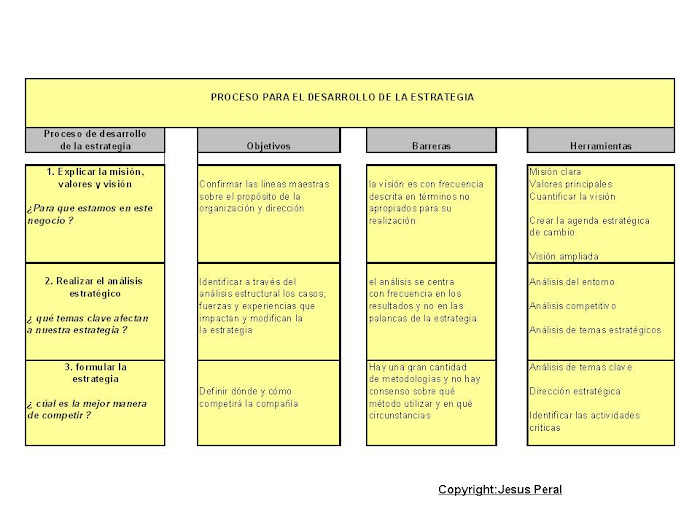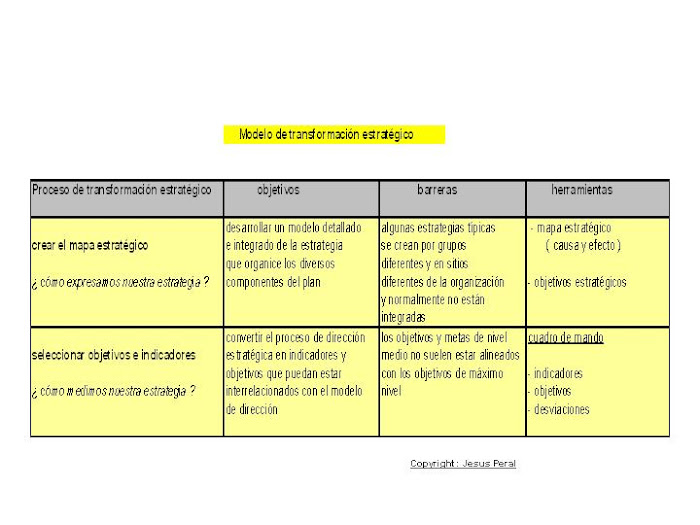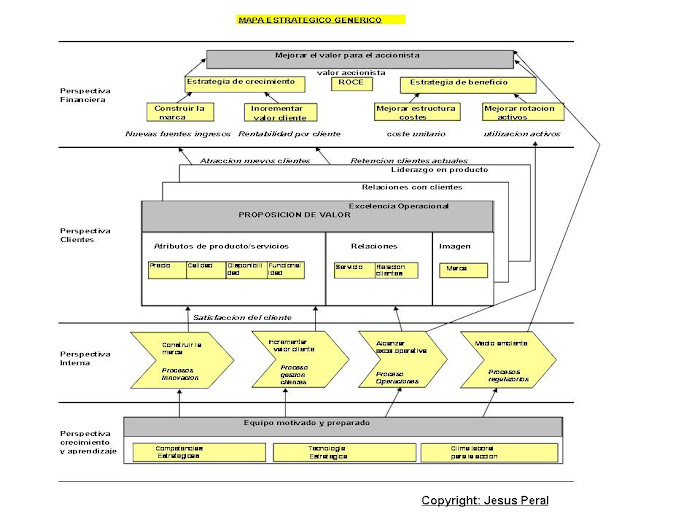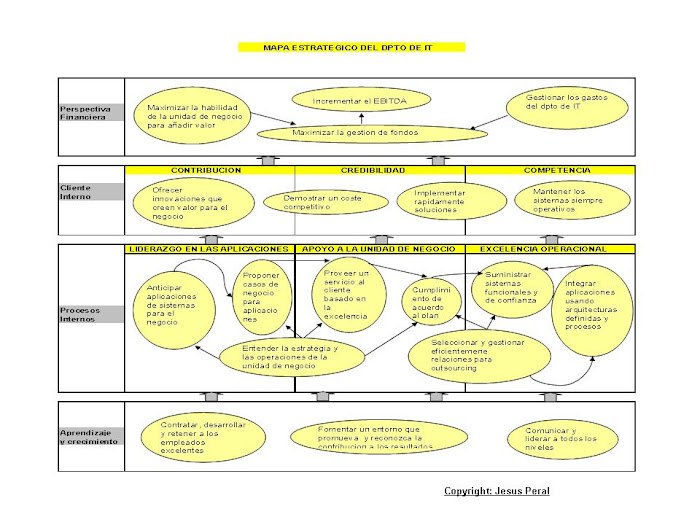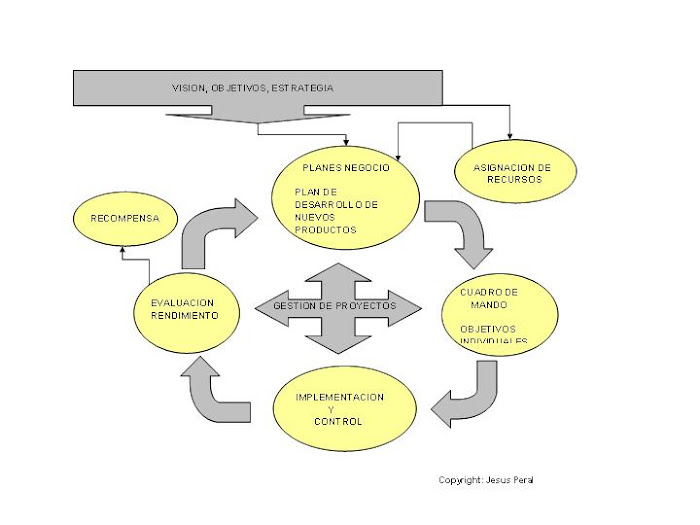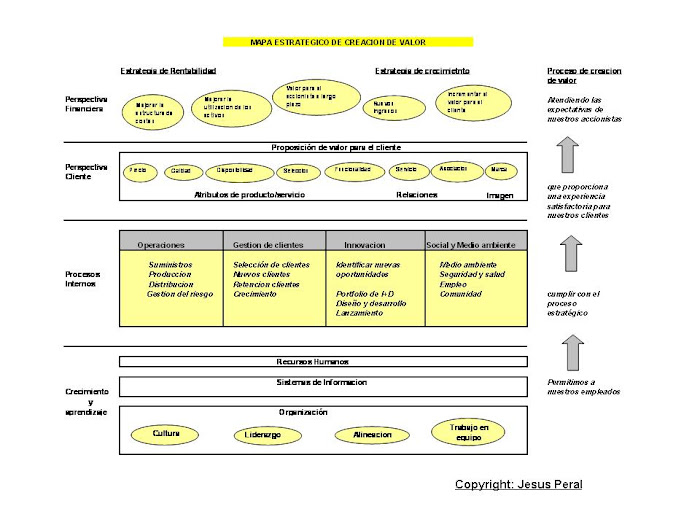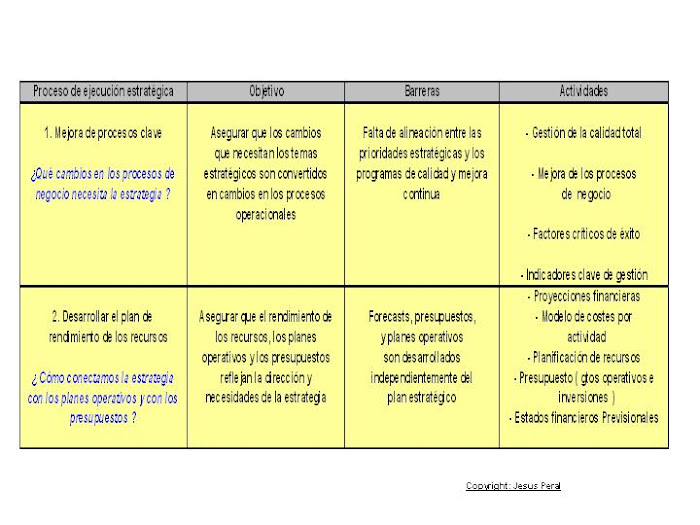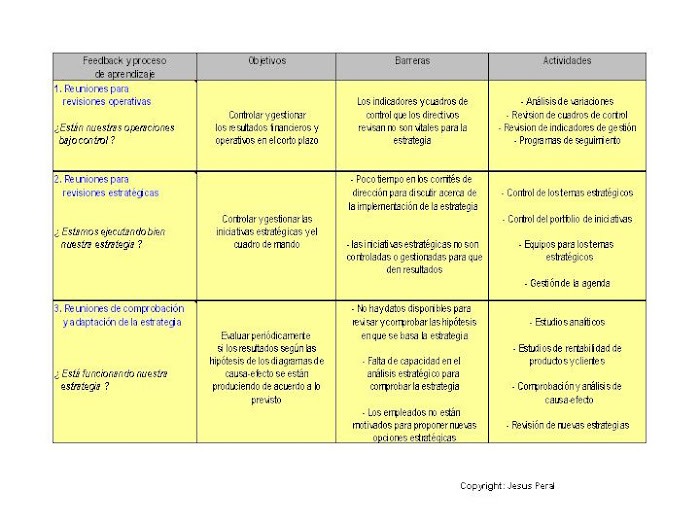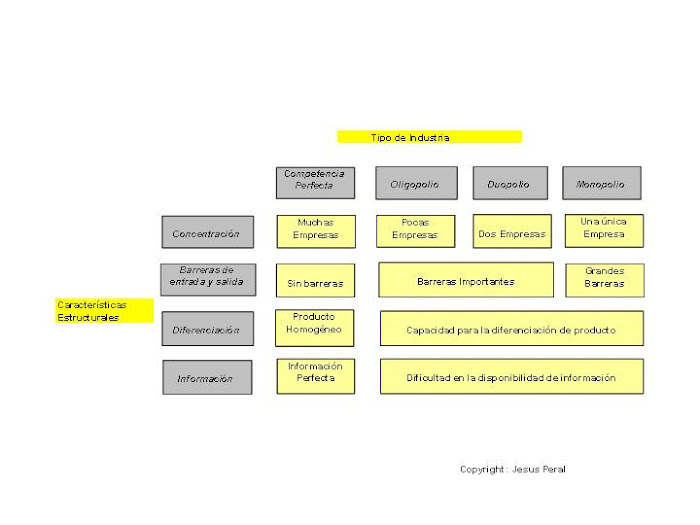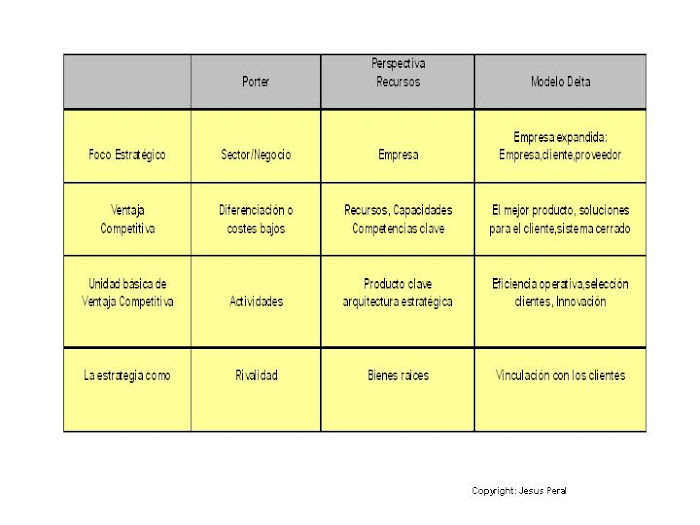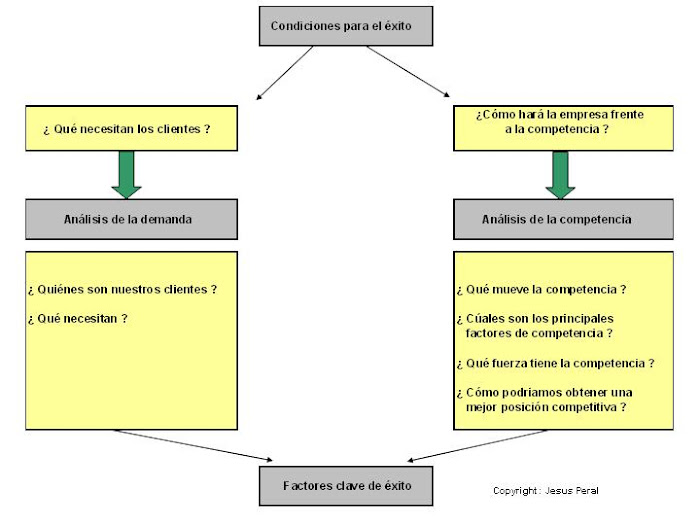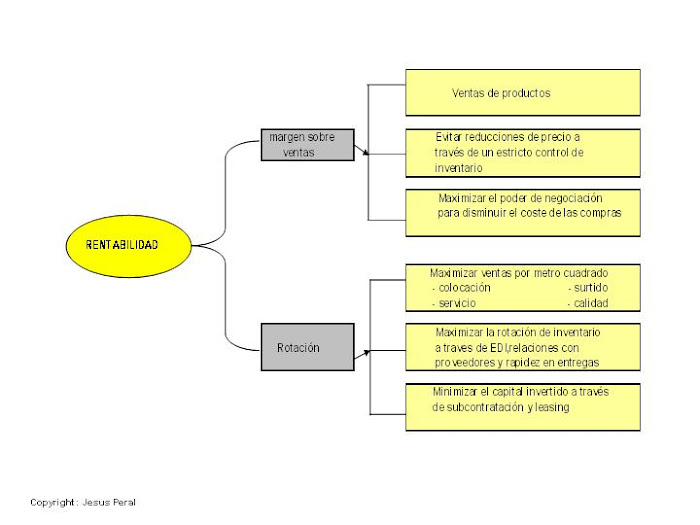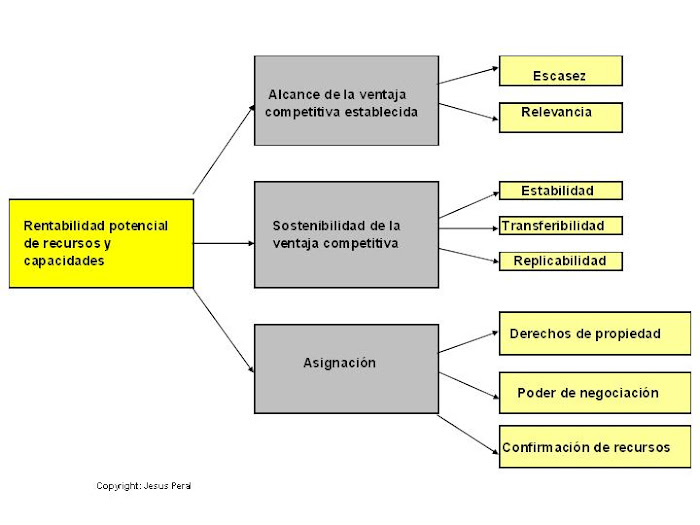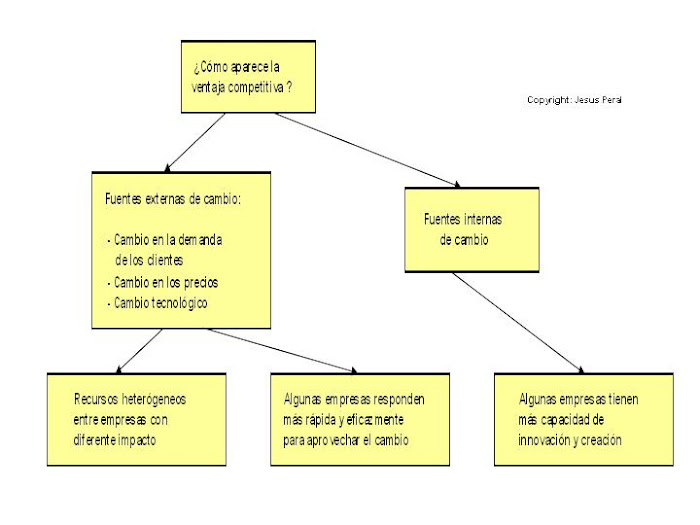The most difficult situation of someone who has
the responsibility to be in charge of a team, as a leader, responsible o
director, is to maintain aligned and coherent behaviors with the expectations
of the observers for the daily performance.
In many occasions we have listened the
expression “we lead by example”, but
maybe we did not go deeper in the scope and sense this expression has for the
organizational culture and for the management processes of the organization.
To be an example also means there is a fact
that has to be followed or rejected and therefore those being an example must comply
with some characteristics. I would like to stress the difference between setting
an example and being an example as the conceptual implications are very
relevant since set is a presentation
of the ideal which must be done in reference of something whereas be refers to the actions that have to
be imitated, replicated or followed by other members in the organization.
The example, in terms of behavior, is a
conscious and deliberate action that intents to be followed and based on that we
could question the validity of a leadership where the example is not derived
from a personal and profound conviction to reinforce the action but to the
contrary it could become a mask of incoherence and therefore it does not show
the reality of the real meaning of the proposed action. In other words, the leadership must go beyond
the example and have to include the
possibility of the mistake as the leadership is neither to be an example nor to
set an example but transforming by
example, with the possibility that management becomes a new experience for
all the members of the team.
Leadership is a necessary component in the
processes of transformation and the example is an option which is available to
be taken, improved or changed in a way the results meet the expectations and
the goals of the organization.






